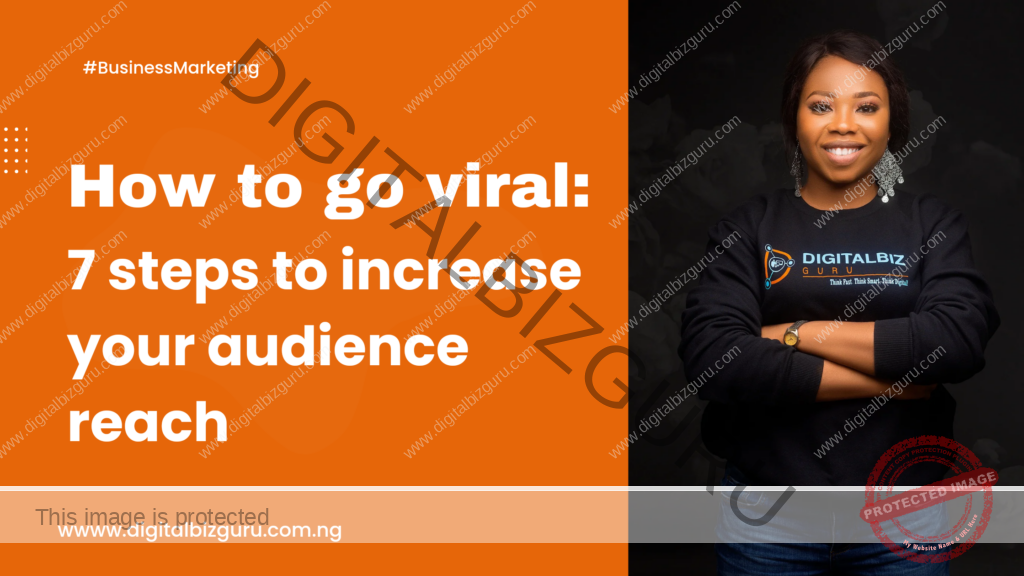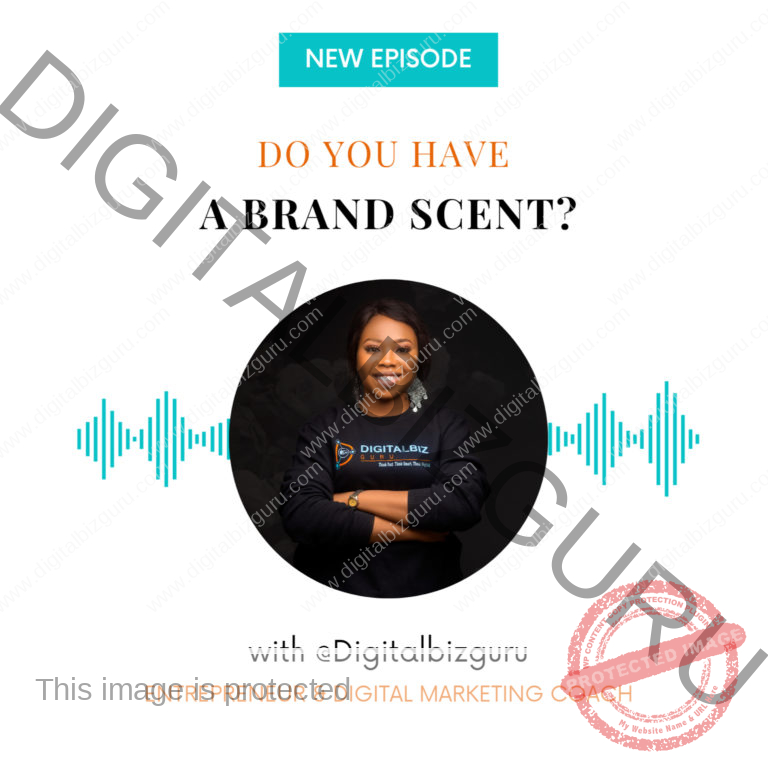“Get it to go viral.” A task that is so infamous that it has lost all meaning.
Social media marketers are aware that making posts go viral isn’t their top priority. It might prevent them from interacting with their intended audience and attending to other important things.
This does not imply that you cannot go viral. Strategic viral marketing raises brand recognition, fosters participation, and fosters loyalty. Brands can build enormous fan audiences with the aid of appropriate viral content.
How likely is it that your content will become viral in the first place?
A 2016 Stanford University study found that the likelihood of something becoming viral is one in a million. Lol, are you getting discouraged? Don’t be, because popular apps like TikTok provide marketers with additional chances to go viral on social media easily.
However, there are no easy tricks to creating a viral video. To go viral, you need both ability and luck. Yes, luck is a valid factor in going viral.
In this article, I’ll be sharing with you these seven guidelines that are followed by firms whose viral marketing results in long-term, sustainable growth. Use them to increase the social reach of your brand (and they might even help you go viral).
- Read the space:
The first stage to becoming viral is to comprehend the audience you’re attempting to reach. Identify your target market if you haven’t previously.
The demographic most likely to be interested in your brand or product is known as the target audience. Members in this group frequently have similar interests, pastimes, and behavioral patterns. Focus on your target market by keeping an eye on who is following your brand, how they communicate with you, and why they do so. Observe how the world around them is affecting them as well.

- Post at the appropriate moment:
Each social media site caters to a certain demographic and fulfills a specific function. For customer service, Facebook is essential. TikTok is renowned for being easy to find. Influencer alliances frequently occur on Instagram. And even then, it’s merely the beginning.
Each platform has a crucial function to play in the social media ecosystem. Discover which platforms your target audience uses the most and why after you’ve honed in on them. Create a digital trip map for them and your brand.
After you’ve determined where to concentrate on then it’s time to figure out when your audience is most active. When you post at the right times, your material will stick out in congested feeds.
The following are the ideal average posting times for each platform, according to statistics from @digitalbizguru:
- Facebook: every day at 3 a.m., on Tuesdays at 10 a.m. and noon.
- Tuesdays, Wednesdays, and Thursdays, 1-3 pm on TikTok
- Thursdays and Fridays at 10 am and 11 am, Mondays at 11 am, Tuesdays and Wednesdays from 10 am to 1 pm, and Instagram
- Twitter is available at 9:00 am on Mondays, Tuesdays, Wednesdays, Fridays, and Saturdays.
- Tuesdays, 10 a.m. to noon on LinkedIn
The behavior of your target audience will ultimately determine when to post. Try several things to see what works.
How much time does your audience spend online and when? To determine your publishing cadence, use your response.
- The superiority of quality over quantity:
Invest your resources in producing high-quality content to boost your chances of going viral. Don’t post too frequently or just for posting sake. That could exhaust you and your team, overwhelm your audience, and lower engagement levels.
You should post to all of your platforms no more than 11 times every day, citing digitalbizguru’s research. Observe the following cadence recommendations:
One to four times each day on TikTok.
- Instagram: every day, once to twice a day
- Four to five times every day on Facebook
- LinkedIn: a maximum of once daily
- Twitter: every three to four hours
- No more than once per day on Pinterest
- The “A” word is everything: AUTHENTICITY
Authenticity is more than just a catchphrase; it’s a crucial component of any post or campaign that goes viral.
There are no quick fixes that can enable you to increase your exposure over time. For instance, it wouldn’t be authentic to adopt a sarcastic brand voice just because your rival is. Your audience see right through you. Create content that is authentic, unique, and grounded in the personality of your brand instead.
Here are some questions that’ll guide you on whether your content meets all the criteria for authenticity:
- Do you have related content?
- Do your audience feel that you “understand” them?
- Are you representing your brand honestly?
- Do you have a successful content mix on each channel that is catered to your audience?
- Engage your audience:
When producing content for your brand, don’t overlook user-generated content (UGC). It’s a priceless resource at your disposal.
Unpaid or unsponsored social media posts regarding your brand, product, or service are known as UGC.
Asking your audience for the kind of content you want to share will help you find the greatest UGC. Create social media competitions and campaign hashtags to entice your audience to participate.
- Create content that is worthwhile to share:
You easily increase your chances of becoming viral by producing content that is very relevant, practical, and instructional. Make your content simple to read, understand, listen to, watch and shareable to enhance social media shares. Consider using interactive content, short movies, and beautiful graphics to increase your chances of going viral.

- Partner with the right collaborators and influencers:
The creators’ economy is booming. Influencers and creators are now an essential part of your complete marketing plan and can increase the efficacy of your viral marketing campaign. They will help increase the number of people who know about your company, increase awareness, and strengthen your authority in your niche.
Ask yourself these crucial questions when you find an influencer or artist with whom you want to work:
- Does this person’s reputation align with the objectives of our business?
- Which indicators matter the most to us? (Note: If you’re trying to become viral, look for creators with high average impression numbers.)
- Does this person’s target market overlap with ours?
Going viral involves more than what is initially obvious. Do you agree?
Even though becoming viral isn’t the end, there are important things we can learn from brands that have quickly become social media stars. While luck is out of your control, you may optimize your content to gradually increase the size of your audience and increase your chances of going viral. I’m a believer of focusing on the things that we can actually improve on.
I hope you use these best practices as inspiration for your content strategy. No matter what, the right audience will find you interesting and find your content worth sharing and raving about.

